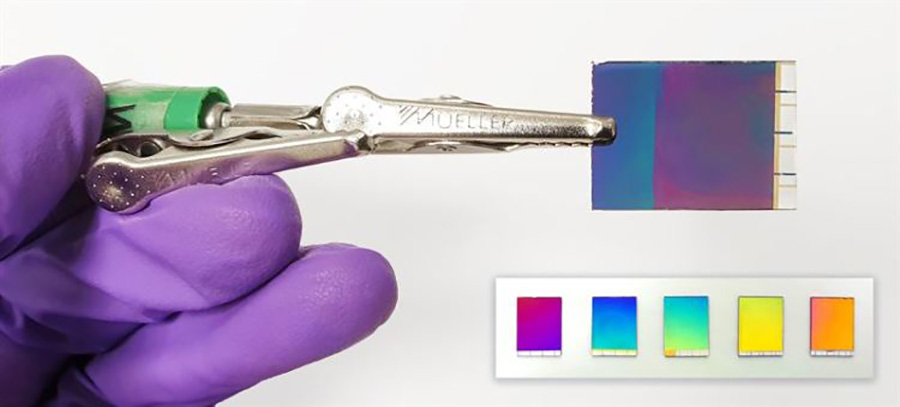A digital screen as thin as paper
By M4G Bureau - July 14, 2021
The reflective screens uses the ambient light, mimicking the way our eyes respond to natural paper.

Research conducted by the Chalmers University of Technology, Sweden, has contributed to the development of a new type of reflective screen – described as ‘electronic paper’ – that offers optimal colour display, while using ambient light to keep energy consumption to a minimum.
A report on this released on the university’s website states that while traditional digital screens use a backlight to illuminate the text or images displayed upon them, the reflective screens attempt to use the ambient light, mimicking the way our eyes respond to natural paper.
“For reflective screens to compete with the energy-intensive digital screens that we use today, images and colours must be reproduced with the same high quality. That will be the real breakthrough. Our research now shows how the technology can be optimised, making it attractive for commercial use,” says Marika Gugole, Doctoral Student at the Department of Chemistry and Chemical Engineering at Chalmers University of Technology.
The researchers had already previously succeeded in developing an ultra-thin, flexible material that reproduces all the colours an LED screen can display, while requiring only a tenth of the energy that a standard tablet consumes. But in the earlier design the colours on the reflective screen did not display with optimal quality. Now the new study, published in the journal Nano Letters takes the material one step further. Using a previously researched, porous and nanostructured material, containing tungsten trioxide, gold and platinum, they tried a new tactic – inverting the design in such a way as to allow the colours to appear much more accurately on the screen.
In addition to the minimal energy consumption, reflective screens have other advantages. For example, they are much less tiring for the eyes compared to looking at a regular screen.
To make these reflective screens, certain rare metals are required – such as the gold and platinum – but because the final product is so thin, the amounts needed are very small. The researchers have high hopes that eventually, it will be possible to significantly reduce the quantities needed for production.
“Our main goal when developing these reflective screens, or ‘electronic paper’ as it is sometimes termed, is to find sustainable, energy-saving solutions. And in this case, energy consumption is almost zero because we simply use the ambient light of the surroundings,” explains research leader Andreas Dahlin, Professor at the Department of Chemistry and Chemical Engineering at Chalmers.

